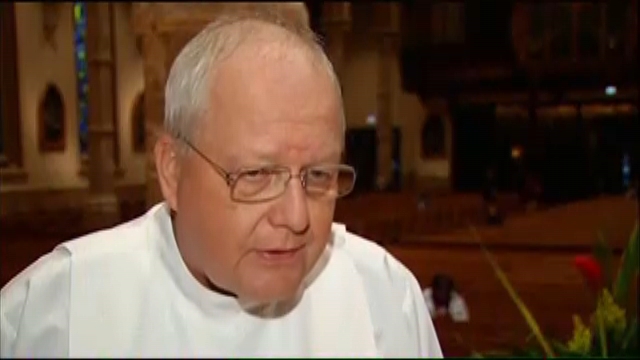Rain develops tonight
It might not be Santa's sleigh, but you'll want to look up at the sky this week as one of the year's most spectacular meteor showers is set to peak starting Tuesday.
The Geminid meteor shower is set to hit its peak Tuesday and Wednesday nights, with an estimated 120 meteors per hour to be visible under the right conditions, according to astronomers.
NASA scientists describe the meteor shower as one of the “best and most reliable” shows, adding that during the shower's peak, streaks of light can be visible in all portions of the sky.
There's just one problem: you might not be able to catch it in the Chicago area if the forecast holds true.
Clouds and rain are forecast for the Chicago area both Tuesday and Wednesday evenings, hindering residents' chances of catching the evening show, according to the NBC 5 Storm Team.
Still, residents hoping to catch a glimpse of the cosmic sight are encouraged to take a series of steps to maximize their success. Finding areas away from city and street lights is a critical component, and if possible, residents are urged to lie on their backs, with their feet facing toward the southern horizon, and to look upward.
While the meteor shower’s “radiant point” is technically in the Gemini constellation, where it derives its name from, meteors should be visible across the sky, according to officials.
Local
Aside from the conditions, patience will also be a key ingredient. It will take your eyes around 30 minutes to adjust fully to the dark, and once they do, you’ll be able to spot a lot more meteors.
Finally, the timing of when you go outside will be key. With moonrise occurring later in the evening, looking upward after 8 p.m. or so is generally your best bet to see the show, according to NASA scientists.
Feeling out of the loop? We'll catch you up on the Chicago news you need to know. Sign up for the weekly Chicago Catch-Up newsletter.
While most meteor showers take place as the Earth goes through the trails of comets that have passed by, the Geminid meteor shower is actually the result of an asteroid called 3200 Phaethon.
That asteroid, which takes approximately 1.4 years to orbit around the sun, is only 3.17 miles across, but as Earth passes through its remnants, residents in the Northern Hemisphere are treated to a remarkable celestial show.
The Geminid meteor shower was first observed in the 1800’s, but it was also much smaller, only leading to 10-to-20 meteors per hour at its peak.
It has grown significantly since then, according to officials, and is now one of the most prolific meteor showers on the calendar.
The asteroid is only 3.17 miles across, and while it passed within 6.4 million miles of Earth in 2017, it is highly unlikely to strike the planet any time soon, as its next-closest approach won’t occur until at least 2093, according to NASA.



